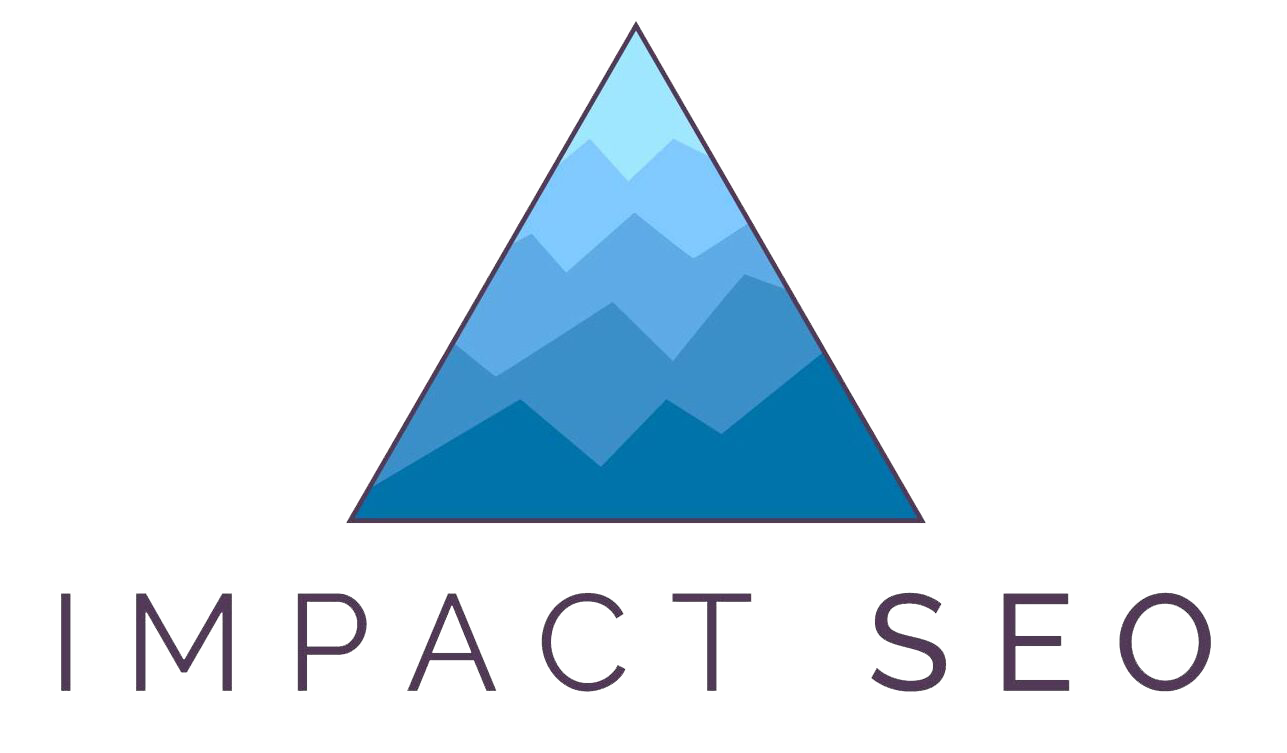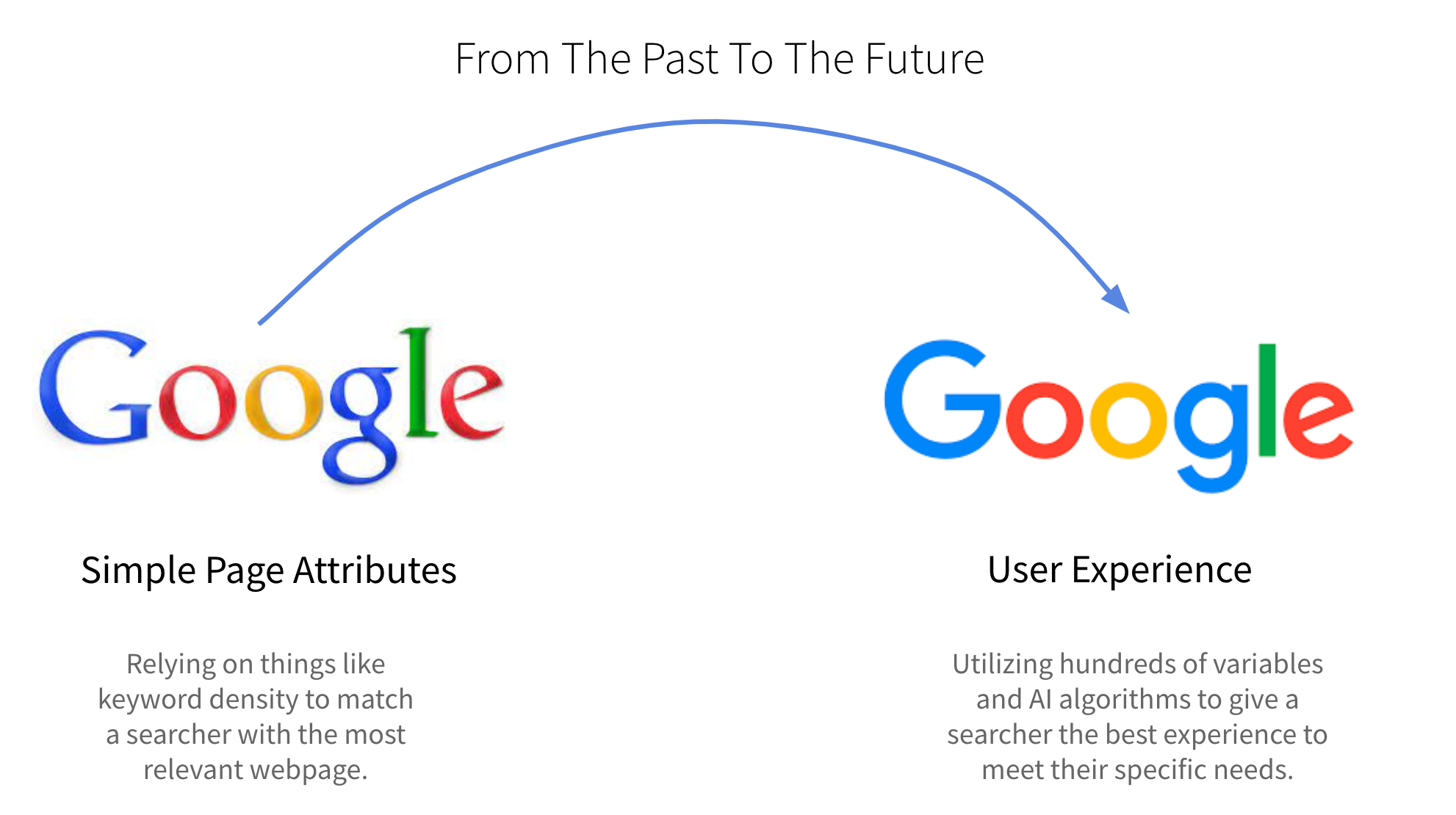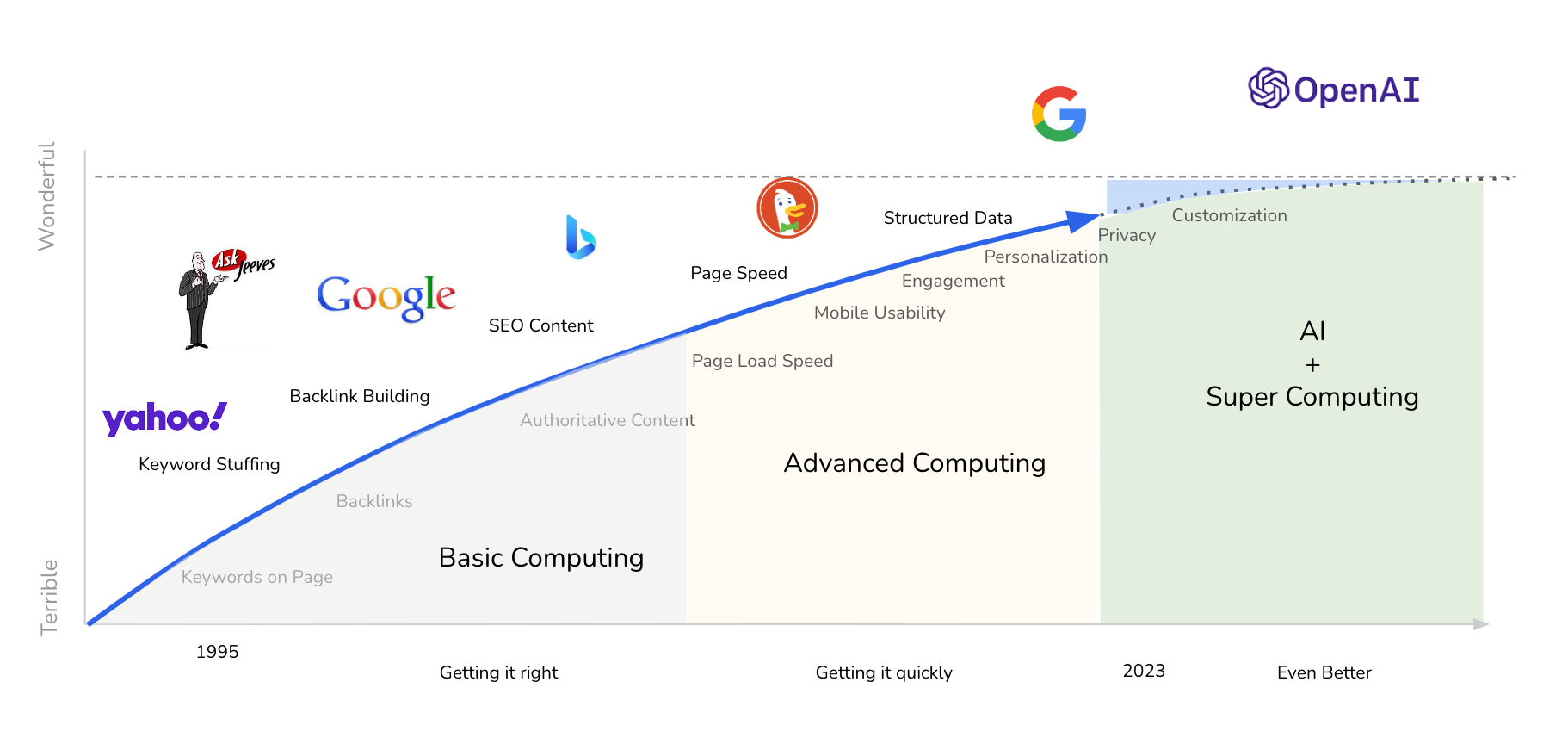What came first? The chicken or the egg?
Why is this relevant to how we grow our nonprofit?
As a core member of a small nonprofit with big dreams of helping others, it didn’t take me long to figure out what would hold us back:
Realization 1: We are limited by the number of volunteers and donors that support us.
Realization 2: I only have a limited amount of time and energy to invest in recruiting, training, and managing volunteers. (plus, I have… like a million other duties!)
If you’re a key member of a small or medium sized organization that has big dreams of helping others, you’re probably experiencing the same growing pains.
Successful nonprofits build systems that, when created properly, propel themselves. They require minimal oversight and allow the founders to focus on other big activities only they can tackle.
This guide explains how I systematized our volunteer recruitment and how you can too. These tools can help you:
- Increase volunteer applications.
- Save yourself time and headache.
- Build a team of qualified and competent volunteers.
Here are the 5 key steps to automating volunteer recruitment and unlocking yourself for tremendous growth.
Step 1 – Clearly define the type of volunteers you need
How can you expect to get what you need if you don’t know exactly what it is you are missing?
Your outcome from this step should be a prioritized list of what skills you need and what value you have to offer your volunteers.
Have a brainstorm session. Write down all the support you wish you had in as much detail as possible.
Here are a few skills that many nonprofits need help with:
- Grant writing
- Web design
- Digital marketing
- Graphic design
It may be helpful for you to first list projects you need to get done and then under that, list the skills necessary to complete those.
Being as specific as possible will help you with the next steps.
Example:
- Not Helpful: I need someone to help me with web design.
- Very Helpful: I need a WordPress developer who can create new pages, edit menu items, and help us setup a blog section where our board of directors can publish news updates.
For Better Results: also do a brainstorm of what your organization has to offer your volunteers.
Common value nonprofits provide to volunteers:
- Contribution Fulfillment – help volunteers fulfill their desire to contribute to your cause.
- Work Experience – help a volunteer gain practical experience in a skill area they are building.
- Networking – connect your volunteers with mentors, colleagues, and friends.
- Social Support – welcome your volunteer into a supportive community.
- Employment – future employment may be an option for some of your volunteers.
- Social Signaling – some people value volunteering because it is a signal to their peers, saying “I am the type of person that volunteers for xyz cause… because I care about xyz that much!”
Keep the needs and motivations of your potential volunteers in mind.
Volunteering is a two-way street. The better you understand the value you provide to your volunteers, the easier it will be to recruit and retain volunteers.
Be honest with yourself and your volunteer prospects about the value exchange.
Step 2 – Outline volunteer roles and responsibilities
The outcome of this step will be clear job descriptions for each volunteer role within your organization. This is an internal document used by you and your team members.
How can you get the help you need to grow your organization if all the important information about how things work is in your head?
Start by grouping all the desired skills you’ve brainstormed into areas that you think one person may be able to cover.
Example: Support needs such as creating new pages and making adjustments to some of your existing pages can go under the “web developer” umbrella. Writing grant proposals, however, would clearly fall under another position.
Tip: I recommend keeping the roles limited so that way you have more people doing smaller chunks of work. That way you don’t over rely on one person or ask too much of any one volunteer. Most volunteers only have a few hours to donate so it isn’t fair to ask one volunteer for more than a few hours per week or month.
You’re going to clearly outline the key roles you need in your organization. For now, start with the 2 or 3 most critical support roles. You can always expand.
Having discrete roles is a key organizational asset:
- Gaps – it helps you clarify where your gaps are. You’re likely doing your best to fill them yourself and that is not sustainable.
- Turnover – volunteers come and go. Don’t let this be an internal crisis. Having clear roles and responsibilities makes it easier for you to replace volunteers.
- Scaling – the consistency provided by defined roles allows you to entrust another team member with recruitment when the time is right. This frees you up to focus on areas only you can.
Minimum requirements for role descriptions:
- Purpose: Why does your organization need support in this area?
- Skillset: What are the main skills needed for this position?
- Commitment and Timing: What is the expected hourly commitment?
- Coordination: How does this volunteer work with the rest of the team?
Now you know which roles you need in order for you to have a properly functioning organization.
Time to find the right people to fill them…
Step 3 – Write a public facing job description
The outcome of this step is a clear job description you can use to recruit prospects.
A good job description will make it very easy for:
- Potential Volunteers to know if they can or want to help you.
- Advocates to share the opportunity with someone they know who might be a good fit.
- Anyone else to see your needs and connect you with another resource that can help you.
An unclear a job description can be confusing for a potential candidate and they may worry that they are going to take on more than they bargained for when they join the team. If the job description is unclear it’s more likely that a potential volunteer will pass it up rather than follow up to learn more.
Here are the key pieces of information you need to include in the job description:
Mission
Start with 1-2 sentences describing what your organization does.
Understand that most people who come across your job description will not be familiar with your organization. a 1-2 sentence mission helps to make a connection with them. Communicate the problem that you solve and who you help.
It’s important to be concise here because you only have about 2-3 seconds to get your message across… before someone moves on.
Role
Explain what the role is in simple and straight forward terms.
This is a great area for you to include how this person will fit into the team and what opportunities they have for personal and professional growth.
Compensation
If you offer some compensation you can list that here. If it’s a full volunteer roll make that clear.
Keep it simple.
You don’t need to get flowery with language or feel insecure about asking someone to work for you without pay. Make sure what you are asking and what you have to offer are clear. That’s it.
This is your chance to pre-filter so you don’t have to spend any time on the backend explaining or clarifying for others that you “would love to pay them but just don’t have any budget right now”.
Note: If you do offer a pay-per-performance role, you can make that clear.
Tasks
Give your potential volunteer a clear understanding of the task they will be asked to perform.
Listing a few examples of tangible tasks makes it easy for the volunteer to visualize what their work with you may look like. They can calculate for themselves if it will be something they can easily do and whether or not they would enjoy it.
Required Skills
This is another pre-filter that is going to help both you and any potential volunteers save time.
You want to make sure that the people who apply already have the skills you need. Unless you’re going to be offering training, you should be filtering for people who already have the skills you need.
There are plenty of highly qualified people that are willing to help. You just need to reach them (see Step 5).
About Us
At the end of the post you can offer more information about what your organization does. This is a great place to list out a full description of your mission which should be about 2 to 3 sentences and some of the values that your organization holds.
If a potential volunteer has gotten this far in your job description this end part should secure whether or not they think they would be a good fit to work with you.
Title
I recommend writing the title of your job description last.
After you’ve refined each part of the description you should have a good idea of what to highlight in the title. You’ll probably want to start with “Volunteer Opportunity” + reference the skillset + what your organization does.
Examples:
- Volunteer Web Developer to Help Launch Water Quality Campaign – Waves4Water Nonprofit
- WordPress Web Developer to Help Local Environmental Nonprofit (Volunteer Position – 2hrs per week)
The more specific you are, the more likely you are to catch the eye of viable candidates.
Next: How to spread the word…
Step 4 – Setup an intake form
By creating a thoughtful and accurate job description you’ve already pre-filtered who will apply to this position.
If you do your outreach correctly then you should be getting several applicants (Step 5).
Rather than filtering through multiple emails and resumes… make it easy on yourself!
Design a simple intake form that helps you easily evaluate your volunteer candidates.
Intake Form – You can create an intake form for free using Google forms (other survey tools work just as well). The questions you ask and information you provide is very important. Each question serves a speicfic purpose.

You’ll use information from the intake form to help organize your volunteer team.
The key things you need to surmise from the intake form are:
Qualification – is the volunteer qualified to fill this role?
Communication – can the volunteer communicate clearly through digital channels? You’re going to be communicating primarily through text, audio, and video. If your volunteer is unable to communicate clearly it’s going to cause problems with your team and slow down your progress. In your intake form make sure you have one written communication test and one audio communication test via questions. You can do this by asking them to write an answer to one question and record a short recording as their answer for another.
Commitment – we are also going to indirectly test commitment. We are looking for volunteers who will be committed. If we are going to take the time to train them and onboard them, we want to make sure that they are going to stick around for at least a few months. By making the intake form a little bit of work we are testing the commitment of a potential volunteer. If they are motivated by this opportunity then they will complete the full intake form.
Organization – we’re going to ask the volunteer about what their interests and motivations are so we can connect them with the most relevant volunteer opportunities. Keep in mind that we may get applicants for which we do not have current projects for, however things may come up in the future and we may want to reach out to them to get their help. That’s why it’s critical that we have a clear roster that we can lean back on when we have future projects.
These key pieces of information can be gathered within 5 to 6 questions.
You want to find a sweet spot between an intake form that is very short and doesn’t test for potential commitment vs an intake form that is too long and is asking too much from someone who is simply exploring this volunteer opportunity.
To get a pre-formatted intake form and other templates shoot me a message:
Once you have your intake form set up you are ready to start managing new volunteers as they come in.
On to the last step!
Step 5 – Spread the word
Time to put your job posting out into the world!
You’ve already done the hard work to define exactly who you’re looking for. Now it’s time for you to put that out into the world and reach as many people as possible.
The more people you reach the more likely you are to find a qualified candidate.
There are some very specific things you can do to increase your chances of finding the right volunteer.
Here are the key components of effective outreach:
Website
Post the job description on your website. This gives you a home base for people to come back to. If someone sees your job description out on social media or on another job board they should be able to come back to your website where they can learn more.
It also makes the opportunity available to anyone visiting your site for other reasons.
Make sure you include a link to your intake form on your job description.
Tip: I highly recommend including a personal welcome video on the dedicated volunteer page. Personalize your message helps you to make a closer connection with potential volunteers. Everyone is listing job opportunities on their site… Your differentiator can be simple.:Include a short video introducing yourself and the position.
Make a PDF of your job description.
The more professional you make it the more trust you can build with someone who is unfamiliar with your organization. Include your logo, include a clean header, and make sure it is formatted properly.
Include a link to your intake form at the bottom so applicants can automatically apply.
Snippet
Create a snippet for the job post.
This is something that you will use to post on social media or other sites where you can only have a limited amount of text.
I recommend keeping this to a compelling introduction sentence and one or two follow up paragraphs. The purpose of this is to have someone be able to digest this in about 30 seconds so they can decide whether or not it is worth their time to read the full job post.
Link to the posting on your website for them to see more information. Don’t include the link to your intake form unless you’ve provided all the details of the volunteer opportunity.
Posting
Once you have your snippet, PDF, and reference page on your site… posting is easy.
If you aren’t already, you can join nonprofit group pages on Facebook and LinkedIn.
You should also post your volunteer opportunity on sites like:
- volunteermatch.org
- city or local government sites
- local clubs or university sites
- even headhunting sites like Indeed
If you’ve done this process properly you should get plenty of applicants to choose from.
What’s Next?
You may be a bit anxious about managing a flood of new volunteers.
Do you have enough time?
Well… if you do it properly, you don’t need much time.
See: Part 2: Effective Volunteer Management
Questions & Feedback
If you have any questions or comments about this guide, please let me know by reaching out to me here:






